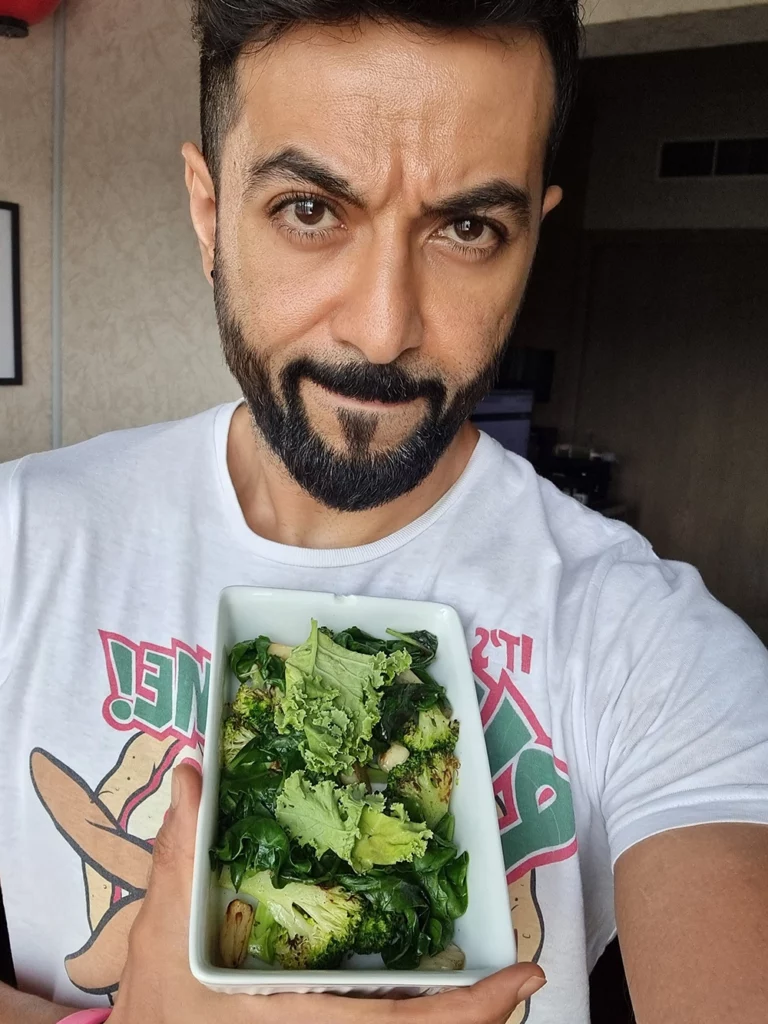
Whether you’re looking to improve your overall health or simply slim down, burning off excess fat can be quite challenging. The average person usually starts their weight loss journey with vigor and motivation, only to realise they’re not entirely sure of their strategy and are just shooting in the dark with their diet plan. This causes them to yo-yo back and forth with their weight, making the entire dieting experience both frustrating and creating a negative mindset around trying it again.
If you aren’t able to sustainably lose weight, A CHANGE IN DIET IS NECESSARY.
Here’s a step-by-step guide, for someone who’s relatively new OR has been fluctuating back and forth with their weight, to easily create a customized diet plan for their own fat loss journey.
These steps include some simple arithmetic calculations that should be straightforward for everyone to follow. With this, you should have no problem designing and customizing a plan for yourself.
Some diets aim to curb your appetite to reduce your food intake, while others suggest restricting your calorie intake along with either fats or carbs.
Yet the sheer number of available diet plans may make it difficult to get started, causing PARALYSIS THROUGH ANALYSIS, leaving you unsure of which diet is most suitable, sustainable, and effective, FOR YOU. And dieticians often put people on plans that are totally different from the foods they’re used to, or their current lifestyle trends – making it hard to stick with long-term.
The most basic rule to weight loss that must be understood is this: weight loss can ONLY occur in a CALORIC DEFICIT – meaning you MUST consume lesser calories than you burn.
Of course, the QUALITY OF THOSE CALORIES matter, too, but that has to do more with how FULL you feel, and the NUTRIENTS you consume, not with actual WEIGHT LOSS . What we also want to ensure is that during this deficit and fat loss phase, we do NOT lose muscle, or at least minimize the amount of muscle lost.
This article covers all the nutrition and macronutrient basics over these 4 components needed for sustainable fat loss:
1. TOTAL NUMBER OF CALORIES – that you need to target as a fat loss goal
2. MACRONUTRIENTS – how many grams of proteins, carbs, and fats to eat
3. MEAL FREQUENCY – how many times a day should you eat, and lastly
4. MEAL TIMINGS – when should you be consuming which foods
Let’s get started with the FIRST COMPONENT – determining our TOTAL TARGET CALORIES for fat loss.
Now let’s consider 2 individual categories to begin with – one with a slightly HIGHER Body Fat % and one with a slightly LOWER Body Fat %. The trick here is to determine if you fall into the lower or higher Body Fat category. This is needed just for a broad perspective to put you in 1 of 2 categories to begin with.
For the average person, the best way to do this is quickly use a FREE ONLINE BMI CALCULATOR For the purpose of this exercise:
If your BMI is under 25, put yourself is the lower Body Fat.
If your BMI exceeds 25, put yourself in the higher Body Fat category.
This is only meant to provide a rough guesstimate.
Now, we’re going to get into HOW to calculate the calories you need to consume for each of these categories. Again, for the purpose of this exercise, I’ll take the example of an 80kg individual in both scenarios who has a HIGH BODY FAT % and a LOW BODY FAT %, and you’ll be able to customize your preferences accordingly for yourself. All you have to do is plugin your actual weight instead of 80kgs for the calculations.

For a person with a HIGHER BODY FAT %:
Your target calories to reduce Body Fat = BODY WEIGHT in KILOGRAMS X 20
So, if your BODY WEIGHT is 80kgs:
Your target calories to reduce Body Fat = 80 x 20 = 1,600 kcals.
If you have a LOWER BODY FAT % :
Your target calories to reduce Body Fat = BODY WEIGHT in KILOGRAMS X 25
So, if your BODY WEIGHT is 80kgs:
Your target calories to reduce Body Fat = 80 x 25 = 2,000 kcals.
If you are comfortable with numbers and making some more simple calculations and would prefer a slightly MORE ACCURATE TARGET for your fat loss calories, then you should use a FREE ONLINE TDEE CALCULATOR to estimate your average calories burnt in a day.
TDEE stands for TOTAL DAILY ENERGY EXPENDITURE and is the total number of calories you burn in a day – which INCLUDES ALL YOUR DAYS ACTIVITIES, including being at rest.
Then, if you have a HIGHER BODY FAT %:
TARGET CALORIES FOR FAT LOSS = TDEE – 35%
If you are in the LOWER BODY FAT % category,
TARGET CALORIES FOR FAT LOSS = TDEE – 20%
Now that you know what the number of calories you need to target for weight loss each day, the second step is to understand your Macronutrient requirements and how to split your target calories between Carbohydrates, Proteins and Fats.


